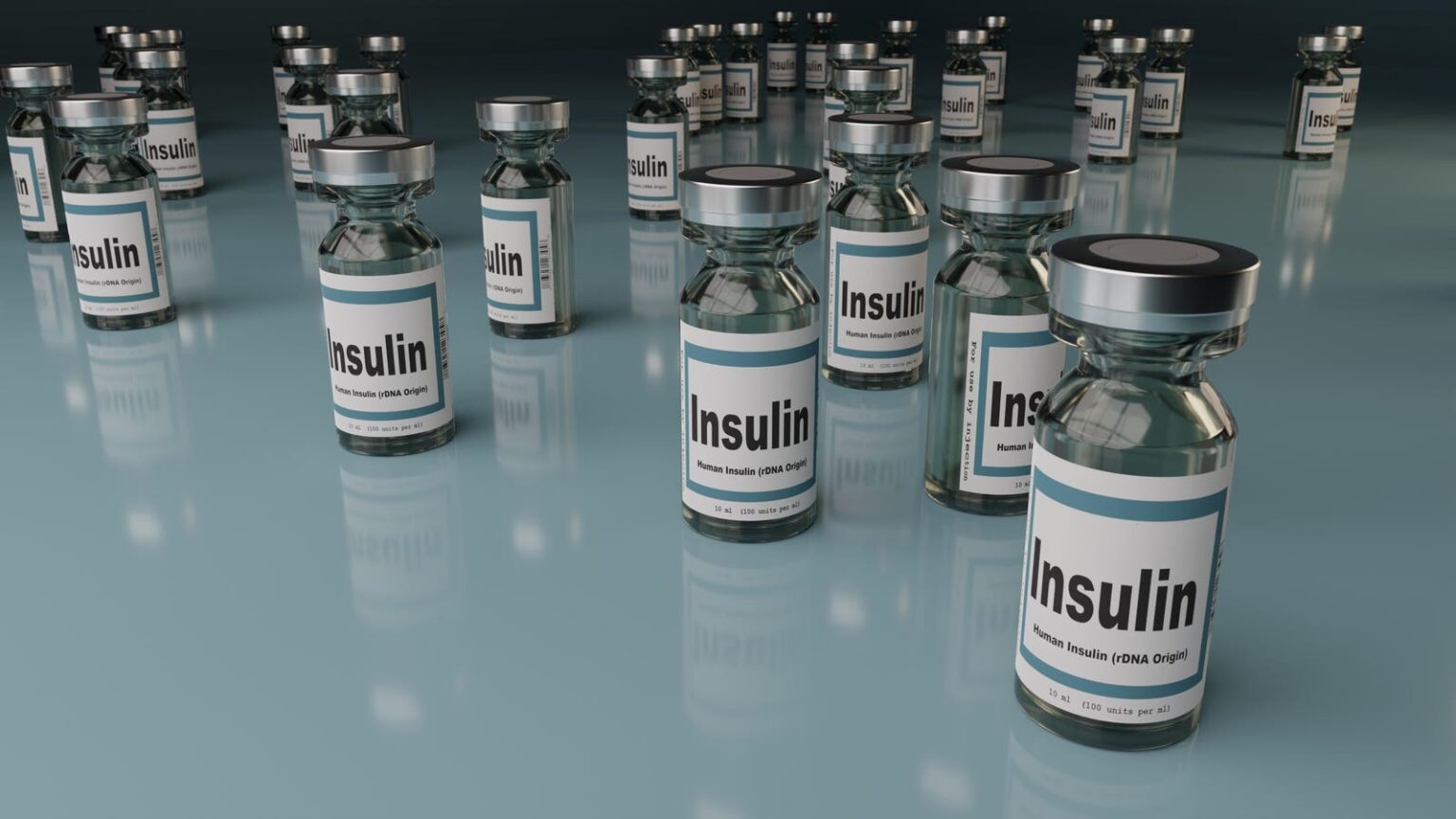Since January 1, 2023, there has been a cap on insulin for Medicare beneficiaries.
- The cap applies to those who have Part D prescription drug coverage, whether through a stand-alone plan or as part of a Medicare Advantage plan. (The cap also applies to insulin administered via a pump under Part B, medical insurance.)
- Part D enrollees will pay no more than $35 for “an insulin that is included on a Part D sponsor’s formulary.”
- The plan’s deductible does not apply.
- The cost is the same at preferred or standard pharmacies
- Part D plans can add or remove medications from their plan during the year.
It is the last bullet point that’s creating issues. During the 2023 Open Enrollment Period, I discovered that some clients’ insulin would not be covered by their plans in the new year. A quick check of the 2024 plans discovered:
- Ten plans would cover fewer insulins in 2024 than they did in 2023.
- Of note, four plans were dropping four insulins from their formularies.
- The number of insulins that plans were removing from their formularies in 2023 ranged from one (two plans) to seven (five plans).
Now that the Medicare Plan Finder has 2025 plan information, I decided to do another spot check. I focused on the same insulins as last year (ones that our clients take), minus Levimir, which will be completely discontinued in the U.S. as of December 31. Then, I compared 14 plans that have the same name across the country, using three ZIP codes (Los Angeles, Fort Lauderdale, and Chicago).
Here are some of my observations.
- Five plans will not make changes to their insulin coverage in 2025. The number of insulins on their formularies are four (two plans) and six (three plans).
- Three plans will cover more insulins next year. Two plans will add two and one will add three.
- That leaves six plans covering fewer drugs next year than they do this year, ranging from one to three.
- The number of insulins that plans will cover in 2025 ranges from one (three plans) to eight (one plan). In 2024, the number ranges from three to eight covered.
- Coverage can vary among plans sponsored by the same insurance company. For example, two plans of one insurer list four insulins in their formularies and the third plan, eight.
Alternative insulin products
When entering a drug such as Lantus or Novolog, a pop-up box notes, “Your drug has a generic” that may cost less. In the case of insulin, if the generic is covered, it won’t cost less but chances are the plan will save money. And that can be a factor in what’s happening with insulin coverage.
I decided to check into the coverage of what I called “alternative” insulins, drugs a plan chooses to cover, sometimes in place of a brand-name. These insulins fall into different categories, such as generic, unbranded and biosimilar. It is not easy to figure out the differences but all these alternatives have one thing in common: they are generally less expensive. And that could lead to changes in the coverage of these drugs, which becomes an important concern for those who need insulin.
There are probably 12 or so “alternative” insulins in the Plan Finder. I focused on seven that are covered by at least one of the 14 plans in three ZIP codes.
- In 2024, five alternatives are listed in at least one plan formulary, with two plans listing four.
- Next year, all seven will be covered by at least one plan and four plans will cover four each.
- Of note, one family of three plans replaced the coverage of two “brand-name” insulins with an alternative.
This review is not a scientific study; it is observational. There are other drugs I did not include and coverage may vary slightly from one area to another. But here’s the important point to know: If something happens in one place, it can happen to anyone. That’s why it is so very important to pay attention during Open Enrollment, October 15-Decenber 7.
Read the full article here










